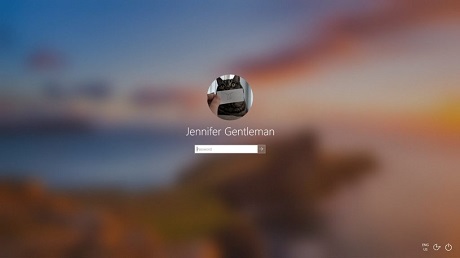|
The enterprises are using two-factor authentication to keep their accounts and network secure. Recently, Microsoft also announced that the company wants to reduce the usage of the passwords and offer a more secure way to login to their services. The company today announced in a blog post that it’ll now support password-less logins on Windows 10. With this announcement, it’s quite clear that Microsoft is doing away with passwords altogether. In Windows 10 19H1 preview builds, Microsoft is adding support for setting up and signing in to Windows 10 with a Microsoft account linked to the phone number. You don’t need to put a password to sign in to Windows 10 (Home or Pro edition). To get started, you would need to set up a Microsoft account with your phone number. After linking your phone to Microsoft account, Windows 10 will allow you to use an SMS code to sign in. You can also other security features such as Windows Hello Face, Fingerprint, or a PIN to sign in to Windows 10. More can be found on OUR FORUM. 2018 was a ground-breaking year for Microsoft, with the company managing to regain the respect of the IT industry and ending the year figuratively on the top of the world. In terms of execution, Microsoft’s Surface products have done really well and have been called better than Apple’s PCs by numerous reviewers, and even their low-end Surface Go tablet was named better than the iPad Pro by many. Their mobile apps have gone from strength to strength, seeing very rapid development and maintaining good review scores, and we have seen Microsoft increasingly weaving a credible cross-platform story. Microsoft’s enterprise subscription services are increasingly being seen as the default choice for customers, and even Microsoft Teams managed to unseat Slack, while their Azure cloud products have taken share from Amazon by offering developers whatever they want in a reliable and affordable package. While their Windows 10 update efforts have seen multiple stumbles, Microsoft appears to have been chastened by this and are now a much more cautious company. With such a strong 2018, here’s what to expect from Microsoft in 2019 and we have it posted on OUR FORUM. Intelligence agencies across the English-speaking world are in widespread agreement about the race to roll out next-generation mobile networks. Top officials from Australia, the UK, Canada and the United States have all said recently that using Chinese telecom giant Huawei’s equipment poses a national security threat. For service providers in those countries, going along with that assessment comes with a catch. There is no good alternative. |
Latest Articles
|


